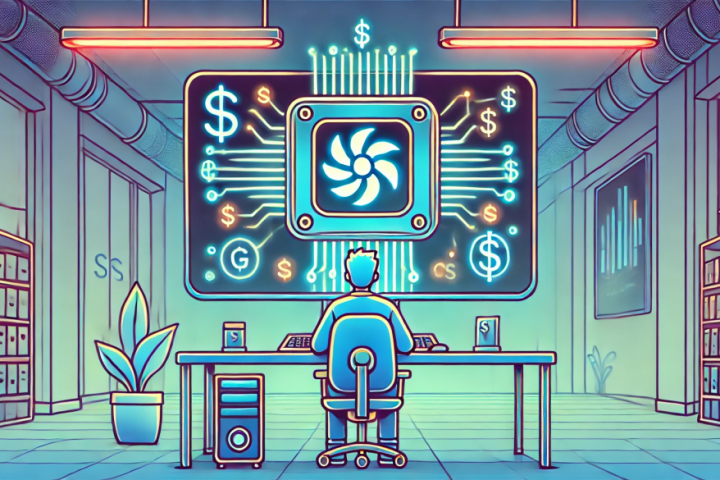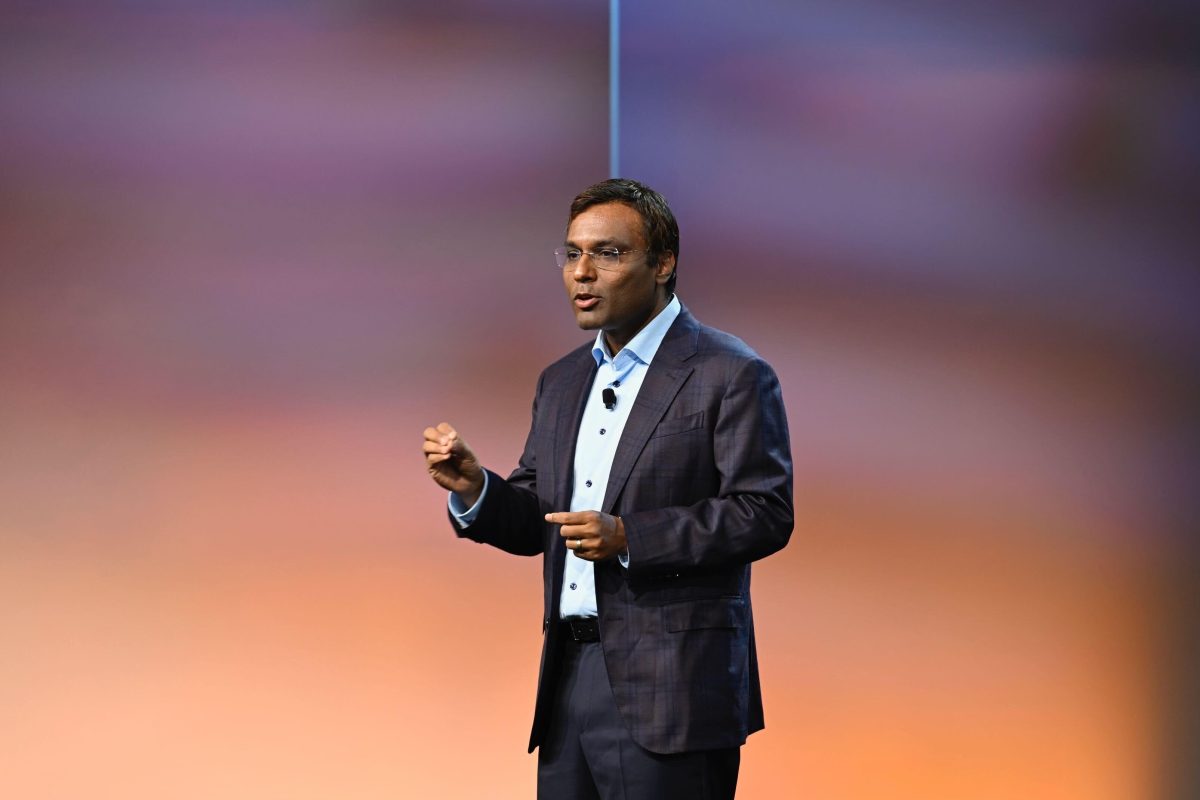Get ready to dive into the future of fuel with Carbon Neutral Fuels, as we explore the potential of e-fuels to revolutionize the industry and combat climate change. We sat down with co-founders Sophie Zienkiewicz and Alasdair Lumsden to get the inside scoop.
So, what exactly is carbon-neutral fuel?
Sophie Zienkiewicz (SZ): Carbon-neutral fuel is a game-changer in the fight against climate change. We capture carbon dioxide from the atmosphere, combine it with clean hydrogen, and create a fuel that, when burned, releases carbon dioxide (CO2) that can be recaptured. This sustainable alternative has the potential to replace the massive amounts of fuel used in aviation.
Are carbon-neutral fuels and e-fuels the same thing?
Alasdair Lumsden (AL): Absolutely. E-fuels are often produced using electricity, hence the “e” in the name. We can collect CO2 to make e-fuels, but it requires low-carbon electricity to avoid burning fossil fuels.
With traditional fossil fuels, nature did the energy collection for us. Plants absorbed sunlight and, over millions of years, transformed into oil and coal. Unfortunately, this process has led to excess CO2 in our atmosphere, contributing to climate change.
About 30 percent of carbon dioxide emissions can be collected from the oceans.
How are e-fuels produced?
AL: The first step is capturing carbon. Initially, we explored extracting CO2 from the oceans, where it is concentrated. However, since that technology is not yet established, we turned to direct air capture. This involves using adsorbents to react with CO2 in the air and release a clean stream of CO2.
We also need hydrogen, which can be obtained through electrolysis. Once we have CO2 and hydrogen, we combine them. CO2 is converted to carbon monoxide, which is then combined with hydrogen to create syngas. The syngas is processed in a Fischer Tropsch reactor, where long-chain hydrocarbons, primarily in the kerosene range, are produced.
While the process generates methane as a waste product and not all CO2 and hydrogen react, we are working on methods to recycle these products.
Can existing methods be used to produce e-fuels?
AL: Interestingly, much of the technology needed for e-fuels already exists. For example, Fischer Tropsch chemistry was invented almost a century ago and has been used in countries like South Africa and Germany. Electrolyzers and carbon capture technologies are also becoming more accessible. It’s a matter of integrating these technologies to create a complete system.
How are governments and organizations involved in the development of e-fuels?
AL: Governments worldwide, including the EU and the UK, are considering mandates to promote the use of sustainable fuels. This can drive further development and eventually reduce the cost of e-fuels. The Jet Zero Council in the UK is actively championing this cause, aiming to lead the charge in sustainable aviation.
SZ: As e-fuel production is a new process, there is still much to learn. Engaging with governments and collaborating with research institutions and universities is crucial to advancing the science behind e-fuels.
Imagine a future where e-fuels are widely produced. Could airlines adopt them?
SZ: Absolutely! Blended fuels, combining traditional kerosene with biofuels and other sustainable alternatives, are already being used by some airlines. The goal is to increase the percentage of sustainable fuels over time. While achieving 100% SAF (Sustainable Aviation Fuel) would require careful consideration of aircraft implications, it’s a possibility we’re excited about.
Traditional kerosene contains impurities, such as sulfur and other “nasties”, but they serve a lot of valuable functions in the actual engine of a plane – they act as lubricants, and you need them to be there in terms of the safety requirements because it’s what the plane has always been used to.
As such, getting to 100 percent SAF may have implications that we aren’t necessarily aware of at the moment. There’s a lot of testing going on to get to that point but currently, it’s not quite there.
Are there other types of SAF, besides the e-fuels you’re working on?
AL: SAF encompasses many different types of fuel. For example, there are biofuels, made from crops, and HEFA fuel, which is made from waste oil products like cooking oil. More recently, household bin bag waste is being looked at as a potential carbon feedstock to make sustainable fuels – I think this is a little bit sketchy because that is carbon that was going to landfill to stay there and we’re talking about turning that into fuel, effectively throwing it into the air as carbon dioxide.
The majority of SAF that’s going into planes today is biofuels, although we are starting to see other sustainable fuels entering the market.
Also, in the European Union and the UK, around 10 percent of the petrol in a car is made from biofuel sources. Aviation is looking to move up to 10 percent between now and 2030. Synthetic fuels, like e-fuels, are a more expensive way of doing it than biofuels, so the mandate for them is going to be point 0.1 percent by 2030.
However, e-fuels are the cleanest way to [reach the target] because you don’t need a lot of land, you don’t need fertilizer, and it doesn’t compete with food crops so you’re not driving up food prices. There are a lot of benefits to power-to-liquid fuels, but it involves the newest and the most immature technology.
How big of a production plant would you need to reliably produce e-fuel?
SZ: We would like to keep it as small as possible because, much like the nuclear industry, there’s a lot of time, money, and effort that goes into producing massive installations. Once they’re up and running, they’re fantastic, but the time and the cost to the environment to get to that stage is quite extreme.
It can be looked at in a modular way instead – think about scaling and growth in terms of the number of units versus the scale of units. Size-wise, installations would be quite small. We’re looking at shipping container module sizes, plus the surrounding land needed. It’s not going to be massive by any stretch of the imagination, and I think that’s where the real opportunity for growth and having a big impact on climate change can come into play.
AL: The scale will depend on how much fuel you want to produce. The UK uses about 15 billion liters of aviation fuel every year and they’re targeting 10 percent of it to be sustainable by 2030, so that’s 1.5 billion liters. We are aiming to create a small demonstration plant that can produce just under 1 million liters.
Have any planes successfully used SAF fuel made from the power-to-liquid process?
AL: There have been test flights. There are planes taking off with traditional biofuel-based SAF today, and certain airports have a very small percentage in their fuel tanks in the airports – any planes that land at that particular airport will be uplifted with some SAF.
However, with power-to-liquids, it’s been mostly test flights. There are companies in the US, and there’s one other competitor in the UK that was working with the RAF; they flew an RAF test flight on their power-to-liquid to fuel, so there is precedent.

When you burn e-fuels in an aircraft, you’re still producing CO2 – how does the process become carbon-neutral?
AL: We are effectively recycling the CO2 by taking it back up; there is no net increase in CO2 emissions and you’re displacing fossil fuels where traditionally that CO2 was stored underground, put in a plane, and released, bringing overall CO2 levels up.
E-fuels are a fantastic bridge technology to rapidly decarbonize aviation.
There are still some challenges with e-fuels – the engine may still produce nitrous oxides. When you have heat in an engine, it can bring some nitrogen and oxygen together, and NOx is not necessarily what you want at ground level.
Electric cars are great because you’re getting rid of the NOx, you’re getting rid of the CO2 and you’re getting rid of all the unburned things, but the challenge with aviation is that it doesn’t have a lot of options to decarbonize really quickly between now and 2030.
There are no electric planes or hydrogen planes in service today with passengers on board. They are developing them, but the big problem is energy density, and batteries are orders of magnitude less energy-dense than liquid fuel. There are some electric plane companies and hydrogen plane companies that are making a lot of progress. It looks like we may get those sooner than you think, but those are going to be for short-haul flights with smaller passenger numbers, so it’s going to be quite some time until you see all the planes in the sky going down that route.
E-fuels are a fantastic bridge technology to rapidly decarbonize aviation. A plane might have a 30-year lifespan and lots of CO2 has been used to make the plane and in refining the metals and manufacturing it. If you have to replace that plane with a new electric one, it also contributes CO2 emissions in its manufacture, so it makes sense to run planes to the end of their useful life and if you can stick in a carbon-neutral fuel, then that’s great.
It seems like SAFs will require less change – do you think that the more the technology evolves, the more SAFs will become the norm in aviation?
, the easier it will be to transition away from fossil fuels and into power-to-liquid fuels?
AL: Absolutely! In fact, the possibilities are endless when it comes to the types of fuel we can create. Take methane, for example. While natural gas and heat pumps are great, they can be expensive and require significant changes. However, with carbon-neutral methane, we could potentially use it in the gas distribution network as a bridge to alternative fuels. There are so many opportunities to explore.
SZ: And let’s not forget about the future possibilities. Once we establish these facilities, we can push the boundaries even further. Imagine if we could locate them near abandoned oil wells and use the extra CO2 to both produce fuel and sequester carbon. The potential is immense, and we haven’t even scratched the surface of what we can achieve. The sky’s the limit!
What are the biggest challenges facing the aviation e-fuels industry?
SZ: One major challenge we face is proving the market viability of e-fuels to investors. While the individual components of this technology are proven, the overall concept is still relatively new. It takes a brave and conscious investor to see the potential and invest in it. Funding is also a challenge, but government mandates and support can provide the validation and confidence needed to attract private investors.
AL: The Department for Transport has taken significant steps to decarbonize aviation by allocating £165 million ($204.3 million) for sustainable aviation fuel projects. This funding demonstrates the government’s commitment and belief in the technology, which in turn encourages private investors to get involved. It’s a collaborative effort to drive change.
SZ: Another challenge lies in the availability of affordable electricity. In the UK, electricity costs are high, and it plays a crucial role in the production process. However, with the emergence of small nuclear reactors and excess electricity in certain regions like Scotland, there are alternative options we can explore. It’s about finding the right solutions and leveraging the resources available to us.
Are there concerns over the safety of e-fuels and production facilities?
S: Safety is always a top priority, and we understand the need for regulations and precautions. While the individual components of e-fuel production are proven and regulated, the challenge lies in ensuring the overall process is safe and secure. However, given the urgency of addressing climate change, we are approaching safety concerns with a logical and sensible mindset. We are committed to finding solutions that enable these processes while prioritizing safety. It’s a balancing act, but we are confident that the right measures will be in place.

AL: It’s important to note that the chemical engineering discipline we’re employing follows standard processes and practices for designing chemical plants. We are taking all necessary precautions, including hazard and operability studies, to ensure the safety of the entire plant. For example, we carefully consider the placement of high-temperature solid oxide electrolyzers in relation to hydrogen storage tanks. Safety is at the forefront of our minds throughout the design process.
Could e-fuels affect contrails?
AL: Absolutely! Contrails contribute to the warming effect of planes due to water vapor. However, sustainable fuels have fewer impurities, which means they could potentially reduce contrails. While we don’t have concrete evidence yet, the concept of power-to-liquid fuels suggests a positive impact on contrail formation. It’s an exciting possibility.
How far away do you think this technology is from becoming mainstream?
Within 5 to 10 years, you’ll start to see noticeable amounts of power-to-liquid SAF coming out.
AL: I believe that within the next decade, we’ll begin to witness the emergence of power-to-liquid SAF in planes. The UK government has set a target for 0.1 percent of fuel in a tank to be e-fuel by 2030. To achieve our net zero ambitions by 2050, power-to-liquid fuels will need to make up at least 40 percent of a plane’s tank or 40 percent of the global supply. The timeline may vary depending on the country and the progress of electric and hydrogen planes, but I’m confident that within 5 to 10 years, we’ll see significant advancements in power-to-liquid SAF. The future is promising, and we’re on the right track.
The airline industry is highly cost-sensitive, so the affordability of these fuels will play a crucial role in their adoption. We need to strike a balance between sustainability and economic viability. It’s a journey, and we’re committed to making it happen.
A significant portion of the ticket price, especially for long-distance flights, goes towards fuel costs. Among the various sustainable aviation fuels (SAFs), power-to-liquid fuels are on the pricier side. If fossil fuels are phased out, the fuel composition could potentially be 75 percent biofuels and 25 percent power-to-liquid.
However, a KPMG report suggests that biofuels may not be able to meet the industry’s demand at scale. In such a scenario, power-to-liquid fuels, which do not face the same limitations, could dominate the market. This could result in a fuel composition of 75 percent power-to-liquid and 25 percent biofuels.
Speaking of advancements, Virgin Atlantic has planned a special flight in November this year. They aim to fly from Heathrow to an American destination using a 100 percent blend of sustainable aviation fuel. While this may not become mainstream for a while, it’s an exciting development with more promising initiatives expected in 2023.
Please note that this interview was conducted as part of IFLScience’s “The Big Questions” series and has been edited for brevity and clarity. Don’t forget to subscribe to our newsletter to stay updated on the most significant stories each week.







